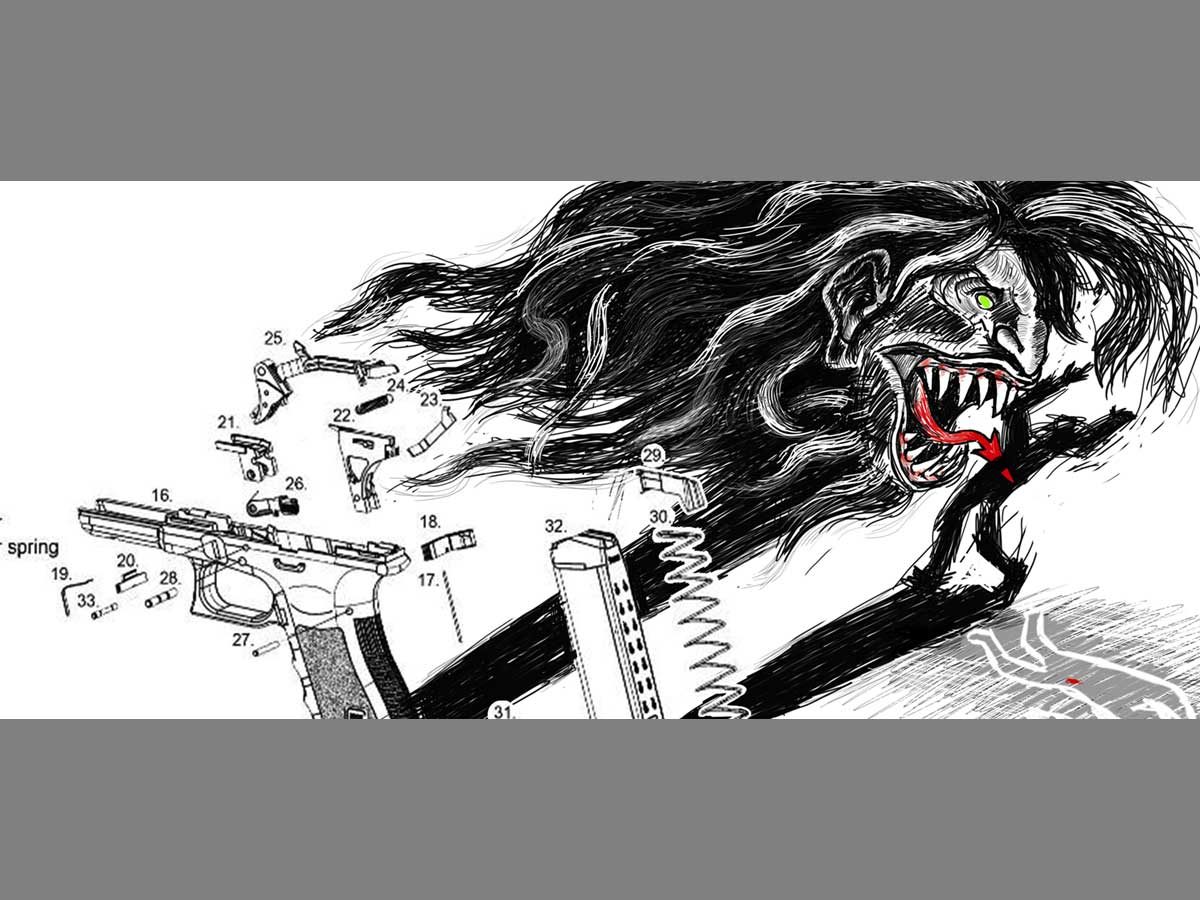Ian Bellomy
Interaction Designer
This presentation will summarize lessons learned from studio coursework that incorporated Bogost’s concept of procedural rhetoric — an idea about how interactive artifacts make claims, i.e. communicate, by way of their behavior. I incorporated the topic in response to observing multiple senior communication design capstone students treat interactivity as a kind of generic value-add opposed to a space for making communication-affecting decisions. My hope was that the concept would lend students a better conceptual scaffolding for engaging the general challenges of analyzing and designing artifacts that presume to use interactivity for communication.
Results were mixed.
Crafting procedural rhetoric requires crafting emergent phenomena, which is difficult even absent communication goals. Moreover, my initial attempt to simply this challenge by having students design analog artifacts instead of digital ones only replaced the student need for programming competency with a non-trivial need for analog game design competency.
Moderately successful solutions did occur however and project development often showed some movement towards solutions that better integrated visuals and interaction in support of some subject matter. A few students also formulated sophisticated procedural insights about their project’s topic, indicating some systems-thinking growth.
Unexpected positive outcomes also manifest. Some students discovered solutions that worked, in a sense, despite not fitting the procedural rhetoric structure. This helped me formulate alternative strategies for interactive communication in general. I also learned I could isolate components of the procedural rhetoric concept in ways that afforded valuable learning opportunities about causal relationships. I incorporated these insights into later projects.
This research was presented at the Design Incubation Colloquium 6.1: Quinnipiac University on October 5, 2019.




